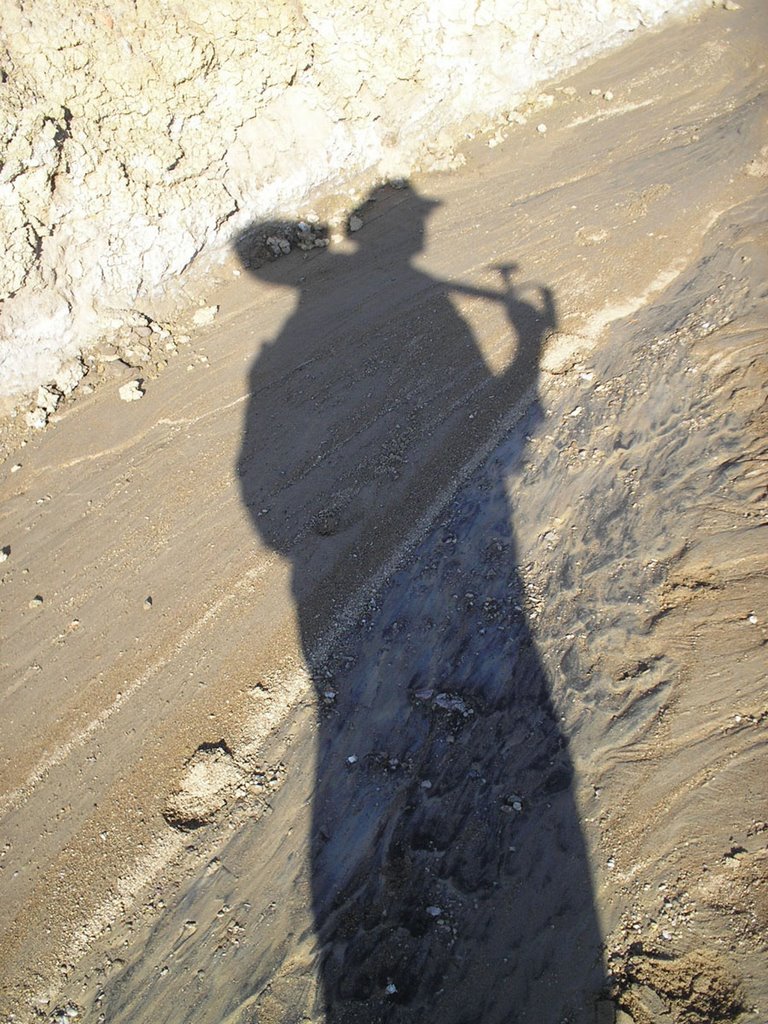How to Draw Heterochrony
A big part of science is presentation. You can have a kickass idea or a really cool discovery, but if you disguise it with enough jargon, or hide your important results in the middle of long descriptive work, or just send your papers to sufficiently obscure journals, you can still have almost no impact. So: a good chunk of science is communication, and communication is all about clarity.
It is worth taking a few minutes to leaf through a biology or anatomy textbook and think about what you see. Most of the figures will be redrawn from journal articles. And the illustrations that are chosen for this peculiar form of immortality are the ones that are so clear that even freshmen can understand them. My guiding light in making figures is to aim for something that is clear enough to be included in a textbook. No luck yet, but the wheels of academia grind slowly. My day may come, and if it does, you'll hear all about it right here. And if it doesn't, textbook clarity is still a good goal to have in mind when drawing figures.
Heterochrony is the rearrangement of development. Not just recapitulation, in which development resembles an evolutionary parade, or neoteny, in which adults look like big goofy babies (think axolotls, or Kirsten Dunst), but a change in the order of developmental events. At least, that's how it should be. Some people include recapitulation and neoteny and any other change in developmental timing as kinds of heterochrony. Other people say that makes the term so broad that it becomes meaningless; everything is heterochrony and nothing is heterochrony. See? Already we're about knee-deep in the swamp of I've Already Lost Interest.
Here, like a breath of fresh air, is Florian Witzmann's figure showing the order of appearance of bony elements in salamander monsters from the dawn of time (a.k.a. temnospondyls). In the future, if anyone asks me what heterochrony is, I'm going to pull a photocopy of this out of my pocket, hold it up in the air, and say, "This."

Many thanks to Florian for giving me permission to post his figure. It is figure 6 from:
Witzmann, F. 2006. Developmental patterns and ossification sequence in the Permo-Carboniferous temnospondyl Archegosaurus decheni (Saar-Nahe Basin, Germany). Journal of Vertebrate Paleontology 26(1):7-17.
It is worth taking a few minutes to leaf through a biology or anatomy textbook and think about what you see. Most of the figures will be redrawn from journal articles. And the illustrations that are chosen for this peculiar form of immortality are the ones that are so clear that even freshmen can understand them. My guiding light in making figures is to aim for something that is clear enough to be included in a textbook. No luck yet, but the wheels of academia grind slowly. My day may come, and if it does, you'll hear all about it right here. And if it doesn't, textbook clarity is still a good goal to have in mind when drawing figures.
Heterochrony is the rearrangement of development. Not just recapitulation, in which development resembles an evolutionary parade, or neoteny, in which adults look like big goofy babies (think axolotls, or Kirsten Dunst), but a change in the order of developmental events. At least, that's how it should be. Some people include recapitulation and neoteny and any other change in developmental timing as kinds of heterochrony. Other people say that makes the term so broad that it becomes meaningless; everything is heterochrony and nothing is heterochrony. See? Already we're about knee-deep in the swamp of I've Already Lost Interest.
Here, like a breath of fresh air, is Florian Witzmann's figure showing the order of appearance of bony elements in salamander monsters from the dawn of time (a.k.a. temnospondyls). In the future, if anyone asks me what heterochrony is, I'm going to pull a photocopy of this out of my pocket, hold it up in the air, and say, "This."

Many thanks to Florian for giving me permission to post his figure. It is figure 6 from:
Witzmann, F. 2006. Developmental patterns and ossification sequence in the Permo-Carboniferous temnospondyl Archegosaurus decheni (Saar-Nahe Basin, Germany). Journal of Vertebrate Paleontology 26(1):7-17.
Labels: Not Quite Science, Posts About Writing


0 Comments:
Post a Comment
<< Home